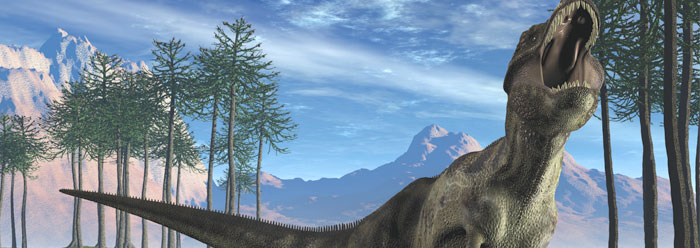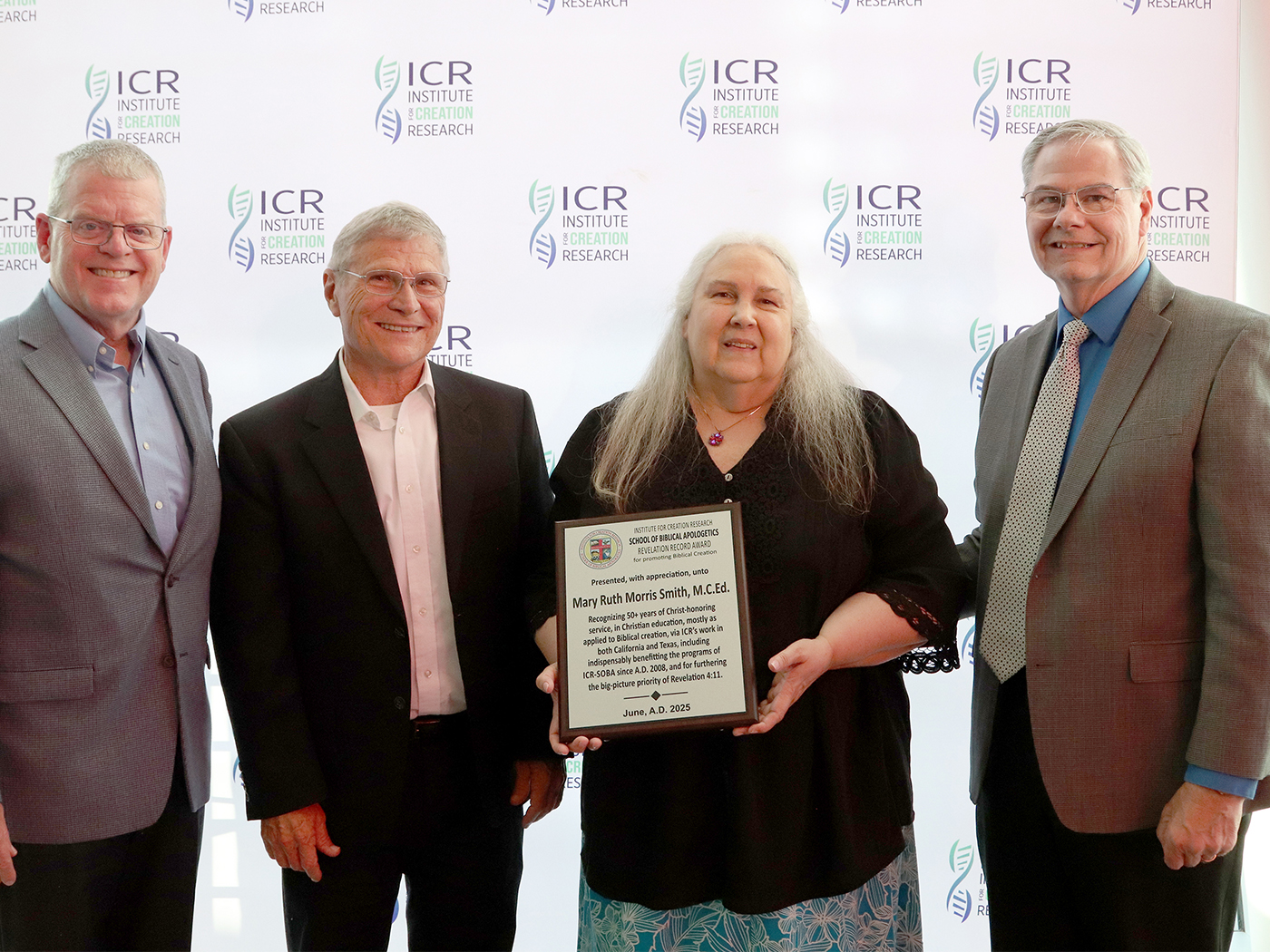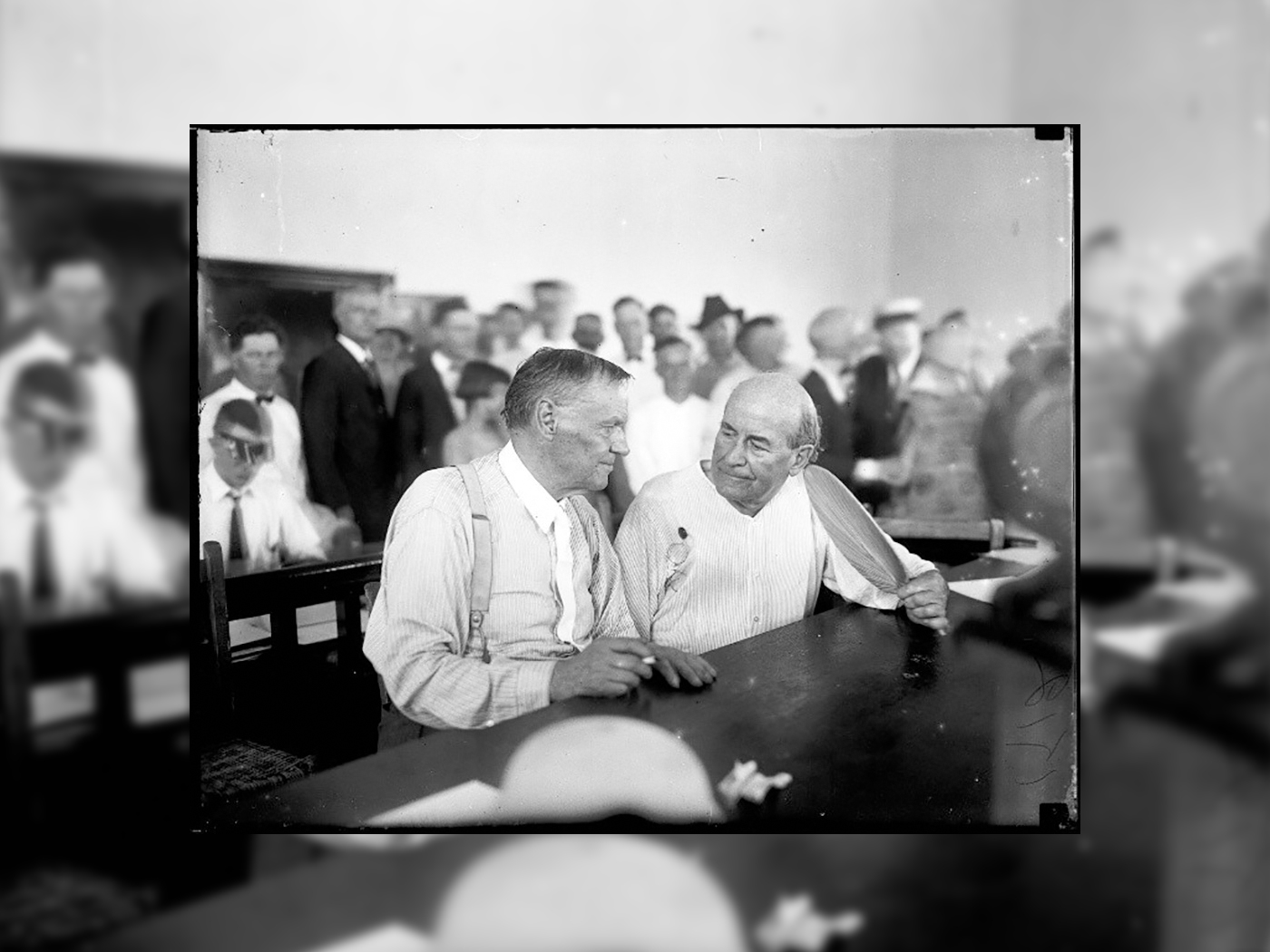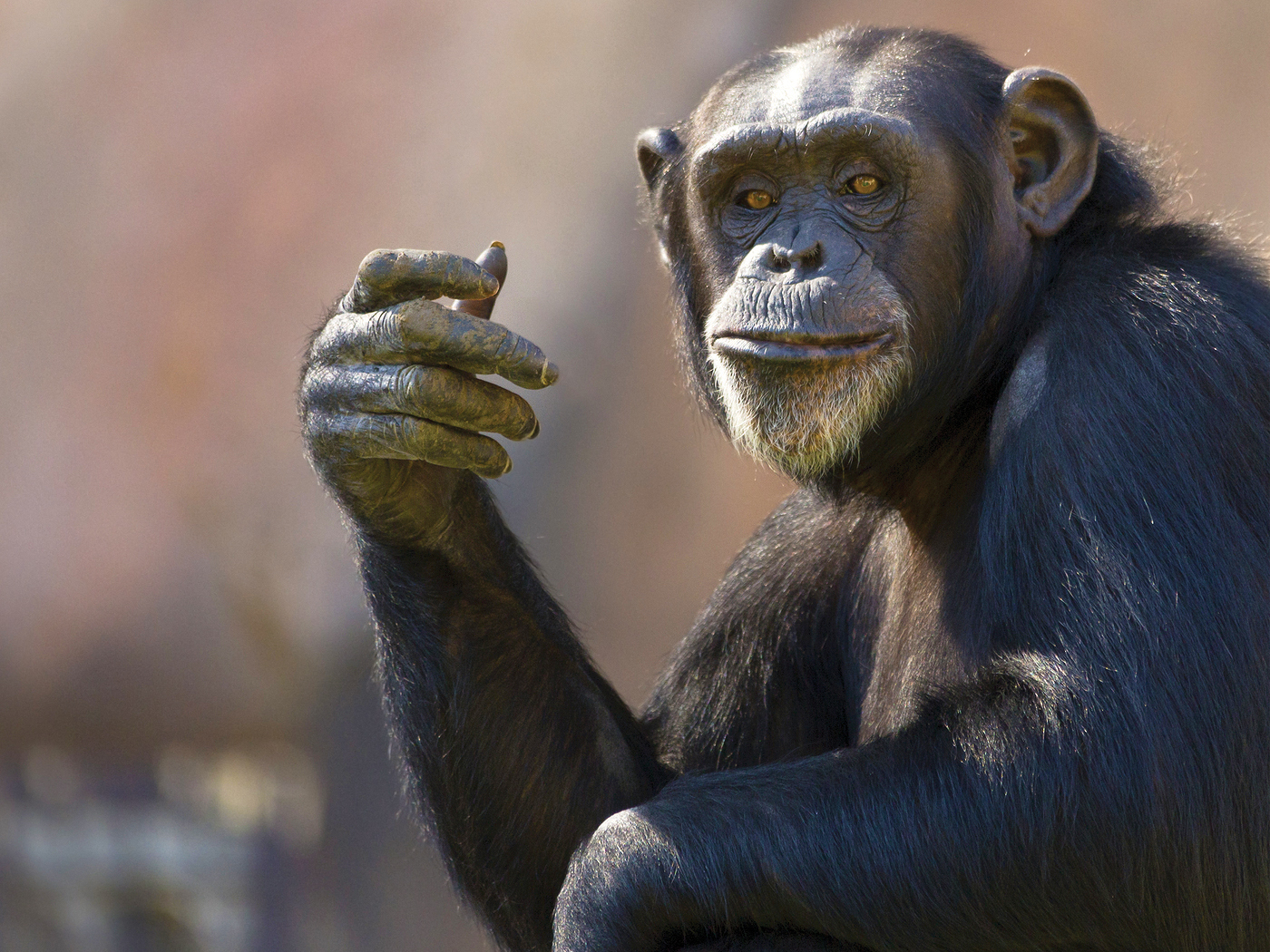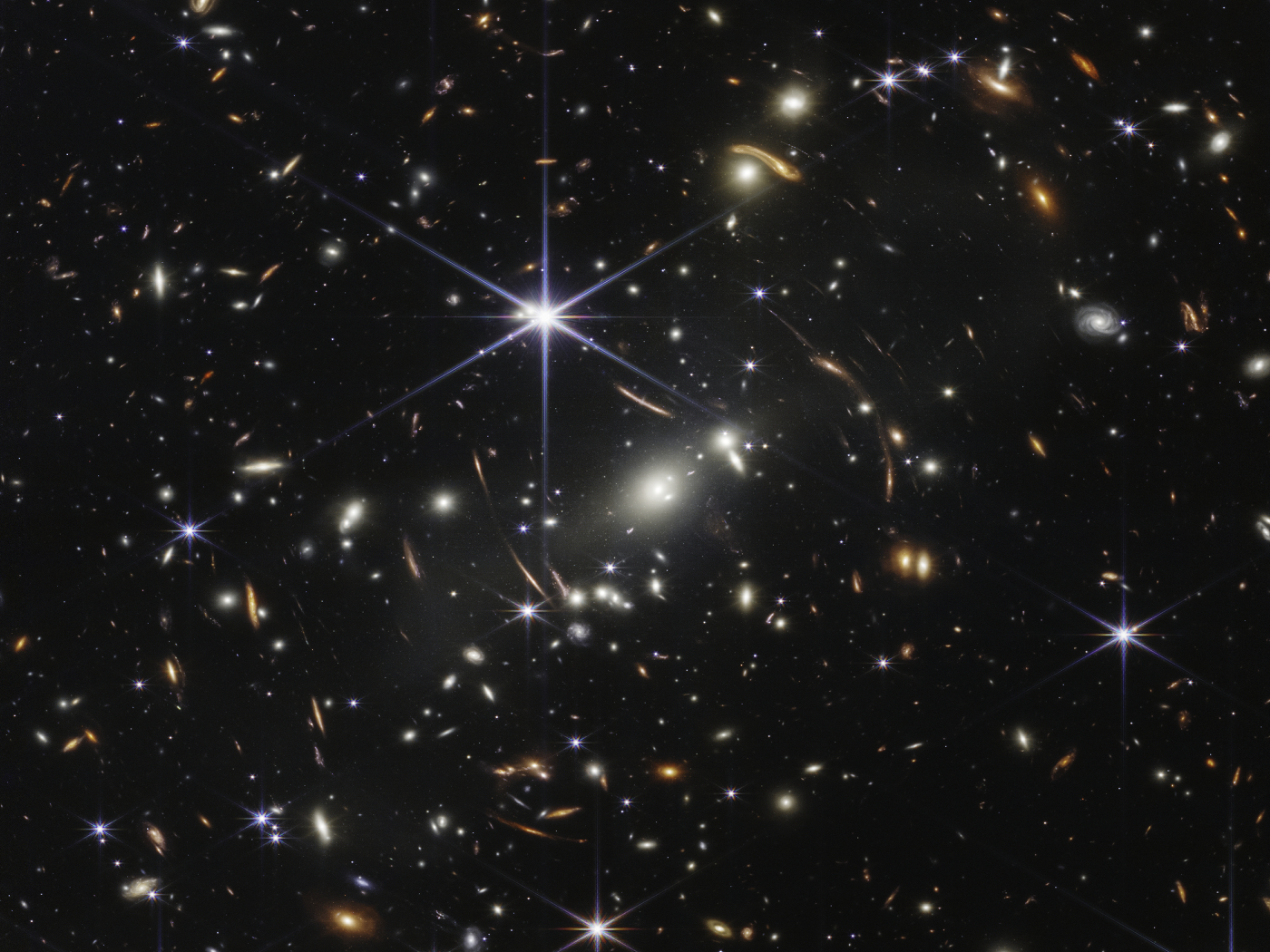Evolutionists have maintained that the fossil record supports a long-ages history for earth, but material extracted from dinosaur bones is providing an interesting challenge to that theory. The recent discoveries of soft dinosaur tissues, defined cell matrices, elastic blood vessels, and clearly observable cell microstructures such as cell nuclei have been a source of both shock and excitement to the paleontology community.
The shock comes from the fact that degradative processes somehow did not completely destroy all evidence of tissue from the supposedly millions-of-years-old fossils. The excitement comes from the fact that, given the pristine state of these tissues, scientists should be able to extract macromolecules. These would then be used in studies of molecular evolution to bolster the evolutionary ideas that are competing for supremacy in the scientific community, such as the currently touted "dinosaur to bird" transition model.
In fact, soft tissues from the bones of a Tyrannosaurus rex and a Brachylophosaurus canadensis (duck-billed hadrosaur) did yield protein fragments that were subjected to amino acid sequence analysis and then used in theoretical computational analyses.1, 2 But did the data demonstrate a dinosaur to bird transition, or was it possibly manipulated in the spirit of academic politics?
The First Protein Sequences
A protein is a chain of amino acids and, generally speaking, is the functional end-product of a gene. Evolutionary scientists commonly use both DNA and protein sequences in comparative analyses, comparing the same type of gene or protein sequence between organisms to determine how closely related one is to another. Two organisms are considered closely related if they share a high percentage of amino acid sequence similarity for a certain protein. Evolutionary tree diagrams can be constructed based on this concept of sequence similarity, with the branches and grouping of organisms supposedly indicating their evolutionary relationships.
As things stand, the dinosaur proteins that were characterized are largely controlled by the dinosaur-to-bird proponents. Jack Horner, a world-renowned paleontologist, is a leading figure in this group. His faith in the dino-to-bird concept is so strong that he recently published a book describing how one might possibly reverse-engineer a dinosaur by modifying key developmental genes in the chicken genome.3 Dr. Mary Schweitzer, one of his colleagues and his former graduate student, is the leading scientist in the United States working with dinosaur soft tissue. Dr. Schweitzer and protein biochemist John Asara have led the effort to research and publish the dinosaur protein sequence findings.
The first protein sequences to be characterized and analyzed were collagen proteins from a T. rex femur bone, in which a number of papers were published describing both the soft-tissue and protein data.4,5,6,7 Collagen is a very durable protein that is common to most animals and is found in skin, bone, and other connective tissue.
In general, the scientific community found very little to dispute regarding the presence of real dinosaur tissue such as blood vessels and intact bone matrix, clearly defined cell types, and clearly defined cell microstructures such as nuclei and filipodia (osteocyte tendrils). The recently published T. rex collagen sequences, however, have met with some legitimate criticism from scientists who specialize in protein characterization and analysis techniques.
Protein Sequence Methodology
In order to understand their criticisms, it is important to know something of protein sequencing methodology. First, proteins are isolated and separated into subgroups based on their various masses. Then they are chopped into small fragments using an enzyme called trypsin. The trypsinized fragments are then run through a highly specialized instrument called a mass spectrometer, which determines the mass of each protein fragment (peptide) in the sample.
A tandem mass spectrometer setup will not only determine the mass of the trypsin fragments in the initial sample, but will also send them through a second mode where they are physically fragmented further and the mass of these sub-fragments is also determined. Peptide mass databases are then searched for matching fragment sizes for all data collected. Using a specialized algorithm on the sub-fragment data, it is possible to computationally assemble the actual amino acid sequence of a sizeable peptide fragment.
The first accusation against the T. rex protein sequences was that they were too small and had possibly suffered too many chemical modifications to be reliable.8, 9 It was also pointed out by critics that the lab that published the protein sequence data did not indicate if or how they controlled error rates, such as the discovery of false positives.9 Establishing the proper experimental controls and statistical measures for the presence of false positives is essential to providing an accurate protein sequence, especially for ancient proteins. As one journal article that critiqued the protein data stated, "Extraordinary science requires extraordinary proofs."9
A Dino-to-Bird Filter
Based on reported experimental methods and deduced peptide sequences, error rates would have been unacceptably high for all but one of the sequences the researchers reported. By ignoring error rates, one could choose from among hundreds of peptide fragments in a database those that most closely resemble bird proteins. In fact, a number of dinosaur protein fragments were chosen with 100 percent amino acid similarity to that of chicken collagen. One published critique quipped, "Maybe T. rex was a chicken after all."9
Those sequences of high enough quality to be usable were then analyzed using dino-to-bird evolution as a filter.10 Interestingly, an external laboratory re-analyzed the data using a computational technique called Neighbor-Net analysis that was better suited to the type of data collected.8 Their results showed that the T. rex protein grouped more closely with amphibians and did not show a close relationship with either chicken or ostrich--two birds that evolutionists like Jack Horner claim actually have dinosaur genomes with just a few minor differences to make them birds.
Having said all that, there is no doubt that fragments of real dinosaur proteins were obtained, because antibody experiments conclusively identified collagen in the tissue samples. The problem is that the quality of the samples was very poor, fragment identification did not properly account for error, and the evolutionary analyses appear to have been manipulated to support a politically correct dinosaur-to-bird model.
The more recent hadrosaur collagen sequencing appears to have been handled with more care in the lab side of the project, and peptide sequences of much larger size were reported and submitted to the public databases.2 So far, there has not been much time for critical responses to have been published, but it appears that the ancient protein recovery and sequencing techniques have improved. However, once again the dinosaur sequences are represented as being closer to chicken and ostrich than even other reptiles.
Where is the Data?
At the Institute for Creation Research, a number of preliminary protein alignments have been done using different algorithms at a variety of alignment/gap parameter settings. In these studies, the large T. rex peptide fragment and the hadrosaur protein sequences typically align more closely with a variety of animals other than chicken. The ostrich sequence was generated in-house by the Schweitzer-Asara group and, rather oddly, has never been submitted to any of the public protein database repositories. This is also the case with the alligator collagen sequence they developed in-house.
At the time of this article, DNA/protein database searches at both the National Center for Biotechnology Information and the European Molecular Biology Laboratory have contained no alligator or ostrich collagen sequence. While it is possible to obtain the ostrich and alligator sequence data from material on the Internet posted as supplements to publications, why has the data not been submitted to any of the major public databases so it can be cataloged, annotated, and curated? This seems a little odd, considering that the researchers readily submitted all of the possibly errant T. rex sequence to the public databases.
Based on comments about hypothetical sequences being utilized during the procurement of the ostrich data (which also included real mass-spec data), how does one know if the ostrich sequence wasn't manipulated in the process to be more dinosaur-like? The authors do state that the hypothetical ostrich sequence developed was based on a dino-to-bird transitional model.1
Conclusion
Although the supposedly 90 million-year-old hadrosaur collagen sequence appears to have been interpreted within the assumption of dino-to-bird evolution--a concept that a number of other leading evolutionists do not share--the fact that real tissue and proteins have been found seriously brings into question the whole concept of evolution and its required long ages. The remarkable preservation of these tissues found in sedimentary rock (sandstone) really speaks of only one thing: a rapid burial in a catastrophic worldwide flood as recorded in the Bible.
In fact, even evolutionists have contemplated the implications, as illustrated in the quote below from Jack Horner's recent book. The setting for this excerpt is a conversation between Dr. Horner and Mary Schweitzer when she was his graduate student. Schweitzer had just discovered and verified the presence of intact dinosaur tissue and was relaying the news to her mentor.
When Mary was first working on this material, she called me up to say she had found osteocytes. I assumed she meant the spaces where the osteocytes would have been, which is what I suggested.
"No, Jack, actually we have the cells and they have filipodia and they have nuclei."
"Mary, the freaking creationists are just going to love you."
"Jack, it's your dinosaur."11
That about sums it up!
References
- Asara, J. M. et al. 2007. Protein Sequences from Mastodon and Tyrannosaurus Rex Revealed by Mass Spectromety. Science. 316 (5822): 280-285.
- Schweitzer, M. H. et al. 2009. Biomolecular Characterization and Protein Sequences of the Campanian Hadrosaur B. Canadensis. Science. 324 (5927): 626-631.
- Horner, J. and J. Gorman. 2009. How to Build a Dinosaur. London: Penguin Books Ltd.
- Schweitzer, M. H. et al. 1997. Heme compounds in dinosaur trabecular bone. Proceedings of the National Academy of Sciences. 94 (12): 6291-6296.
- Schweitzer, M. H. et al. 2005. Soft-Tissue Vessels and Cellular Preservation in Tyrannosaurus rex. Science. 307 (5717): 1952-1955.
- Schweitzer, M. H., J. L. Wittmeyer and J. R. Horner. 2007. Soft tissue and cellular preservation in vertebrate skeletal elements from the Cretaceous to the present. Proceedings of the Royal Society. 274 (1607): 183-197.
- Schweitzer, M. H. et al. 2007. Analysis of Soft Tissue from Tyrannosaurus rex Suggest the Presence of Protein. Science. 316 (5822): 277-280.
- Buckley, M. et al. 2008. Comment on "Protein Sequences from Mastodon and Tyrannosaurus rex Revealed by Mass Spectrometry." Science. 319 (5859): 33.
- Pevzner, P. A., S. Kim and J. Ng. 2008. Comment on "Protein Sequences from Mastodon and Tyrannosaurus rex Revealed by Mass Spectrometry." Science. 321 (5892): 1040.
- Organ, C. L. et al. 2008. Molecular Phylogenetics of Mastodon and Tyrannosaurus rex. Science. 320 (5875): 499.
- Horner and Gorman, How to Build a Dinosaur, 80-81.
* Dr. Tomkins is Research Associate at the Institute for Creation Research.
Cite this article: Tomkins, J. 2009. Dinosaur Protein Sequences and the Dino-to-Bird Model. Acts & Facts. 38 (10): 12-14.




